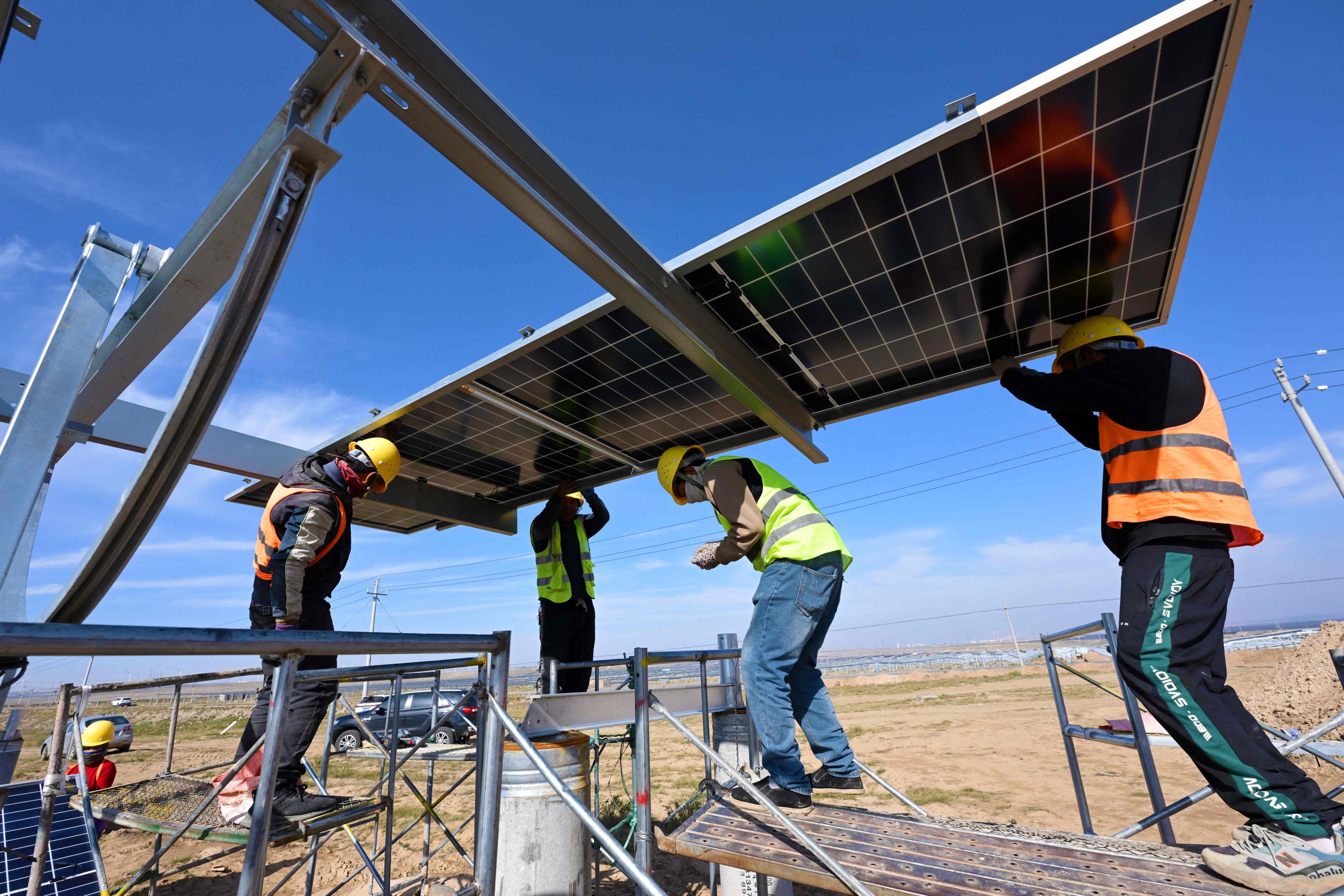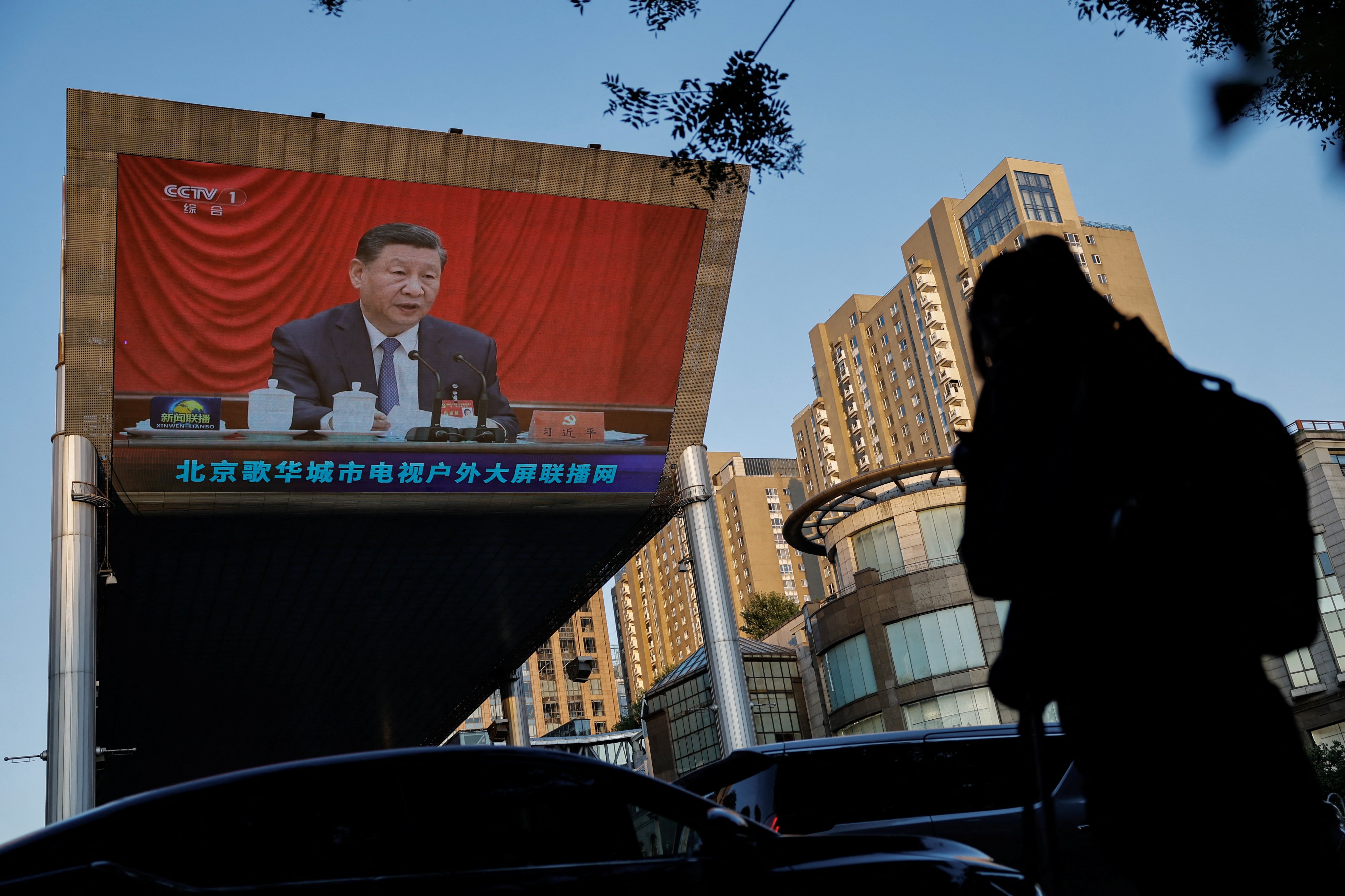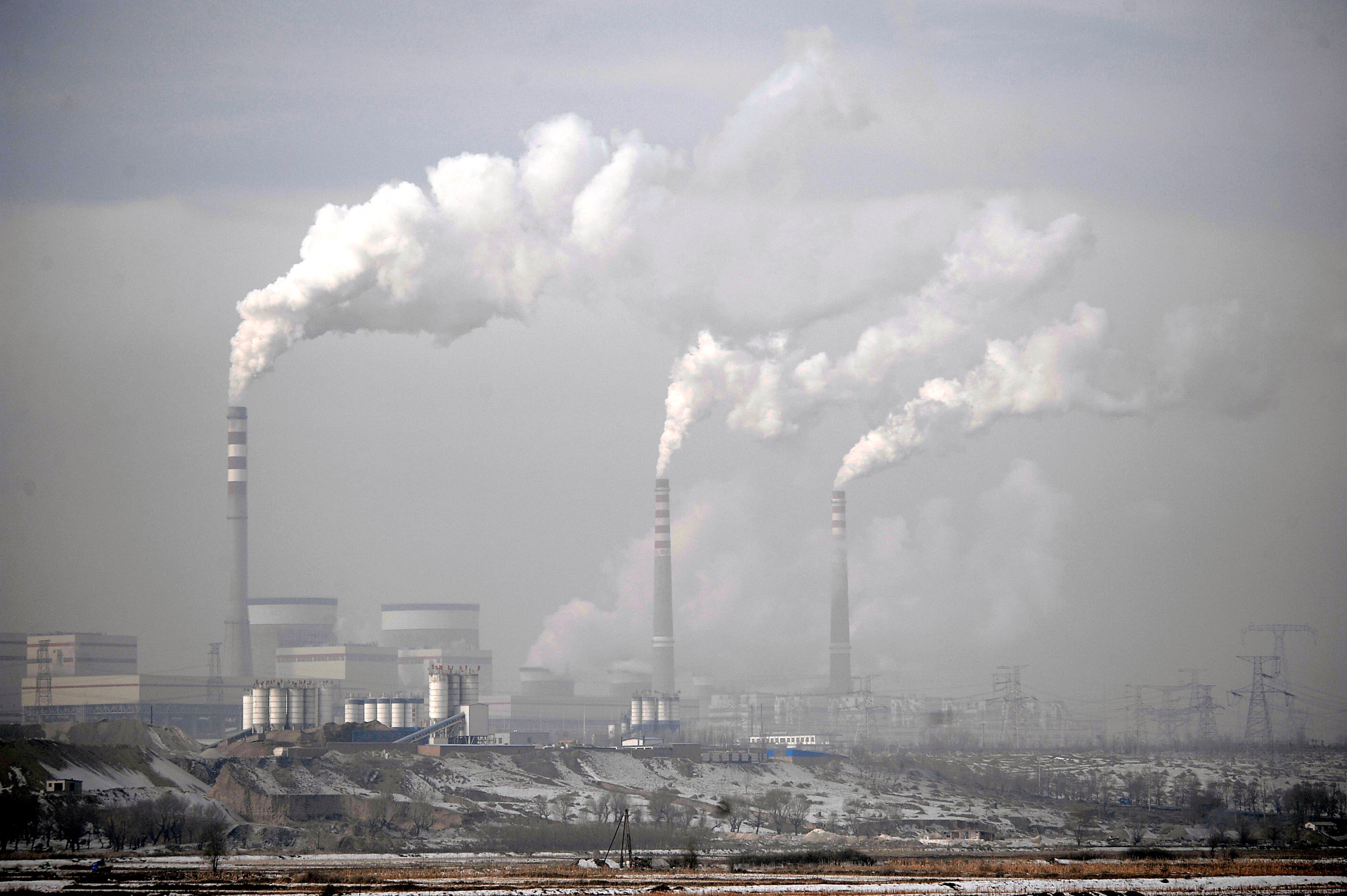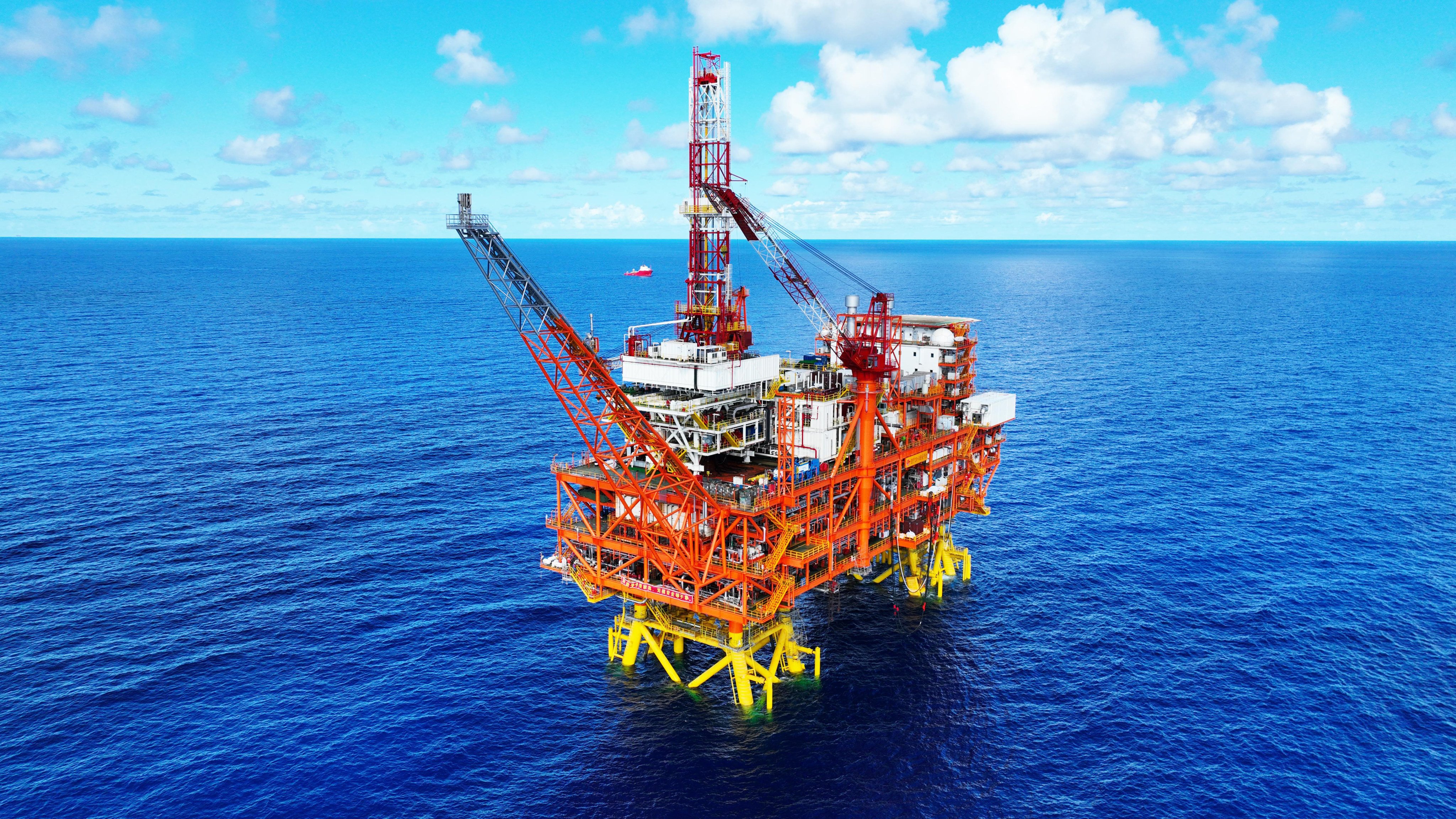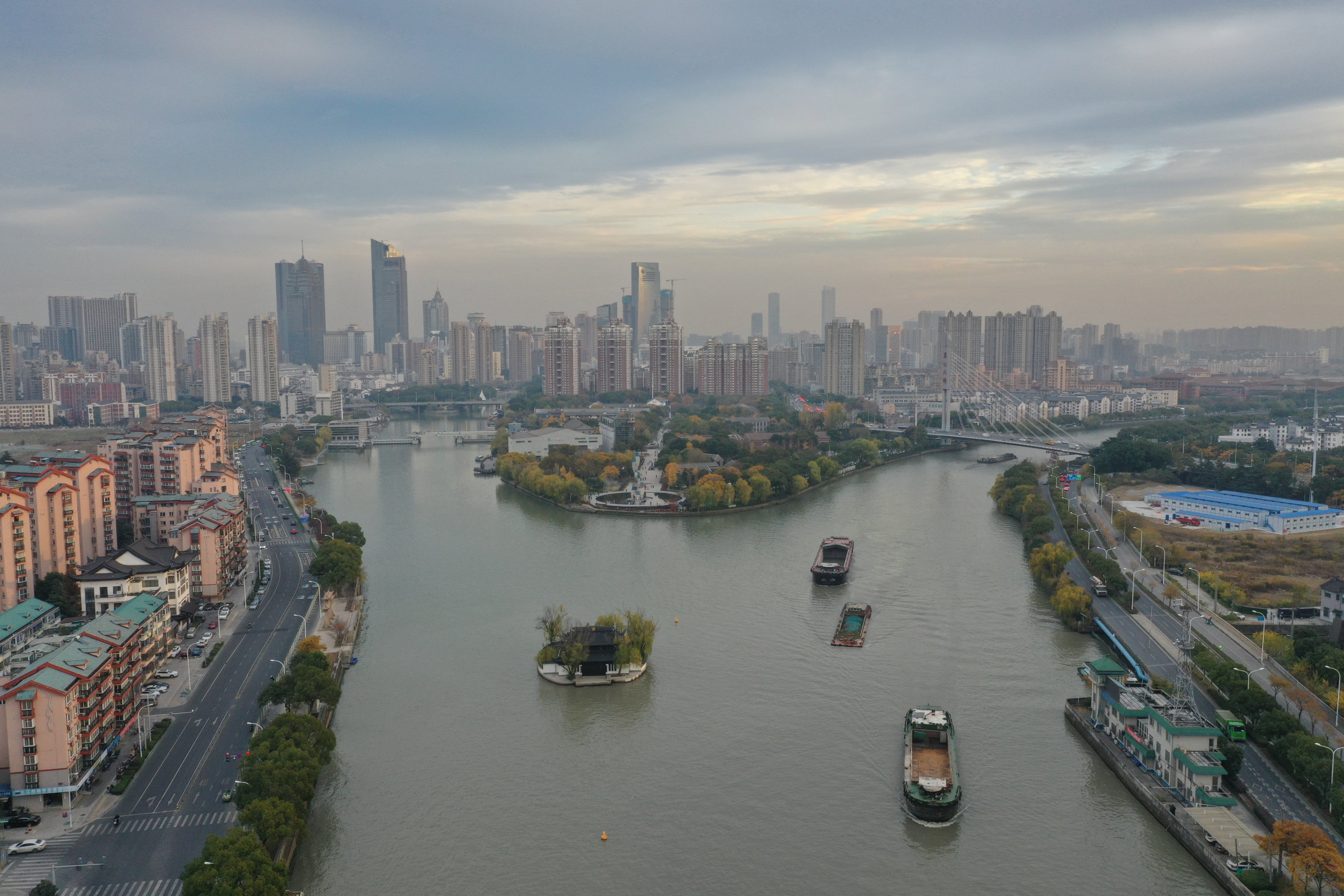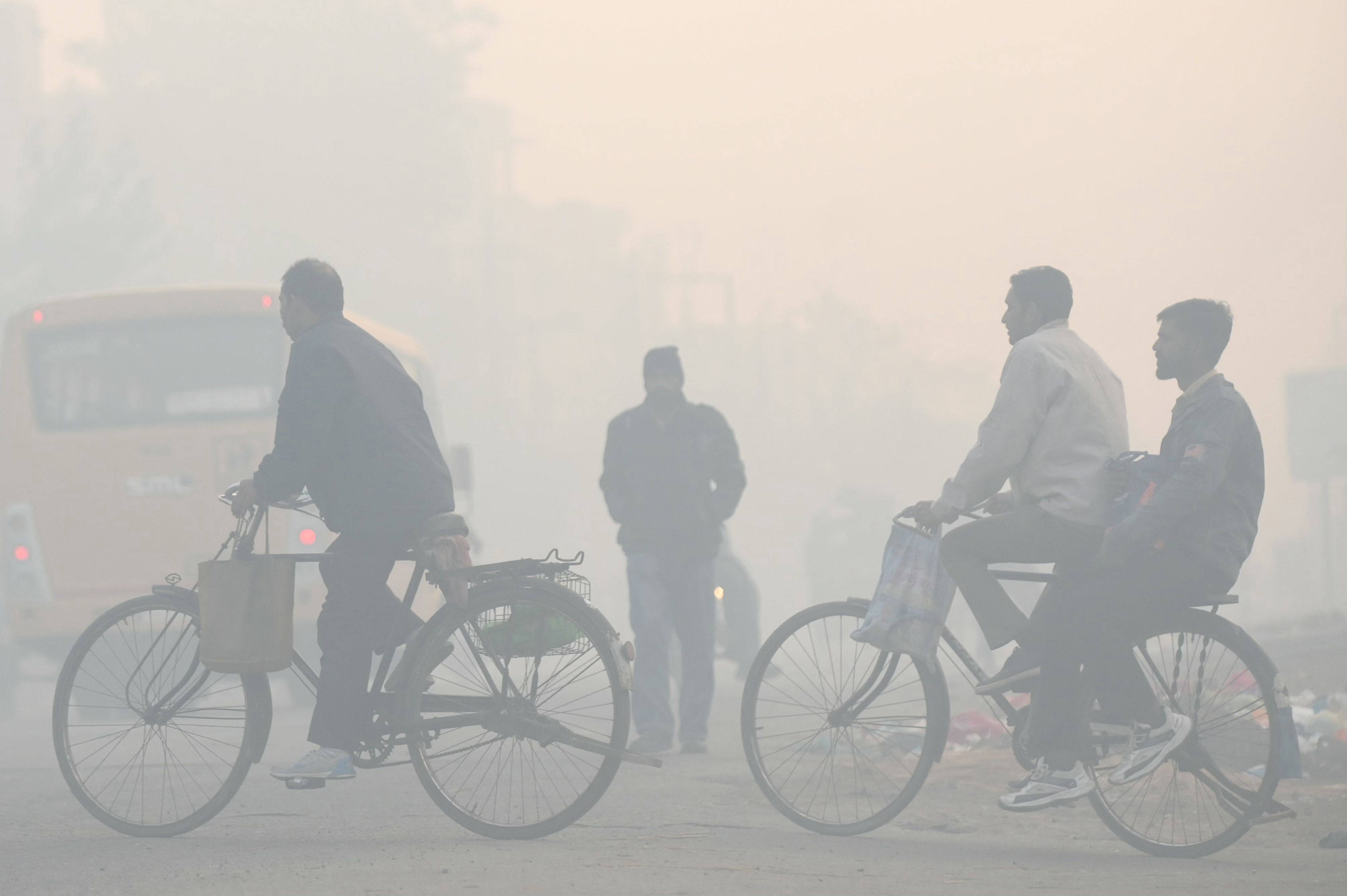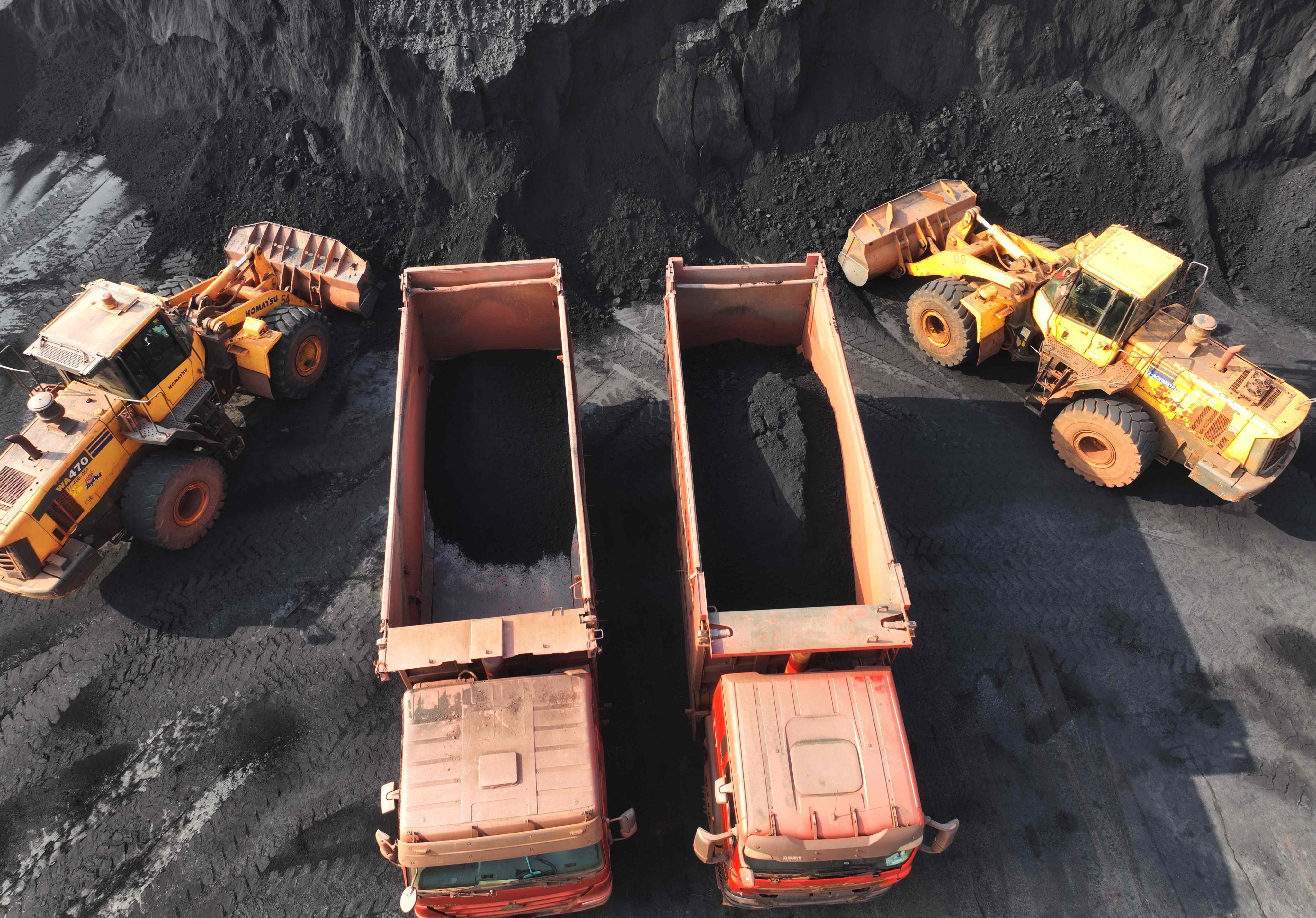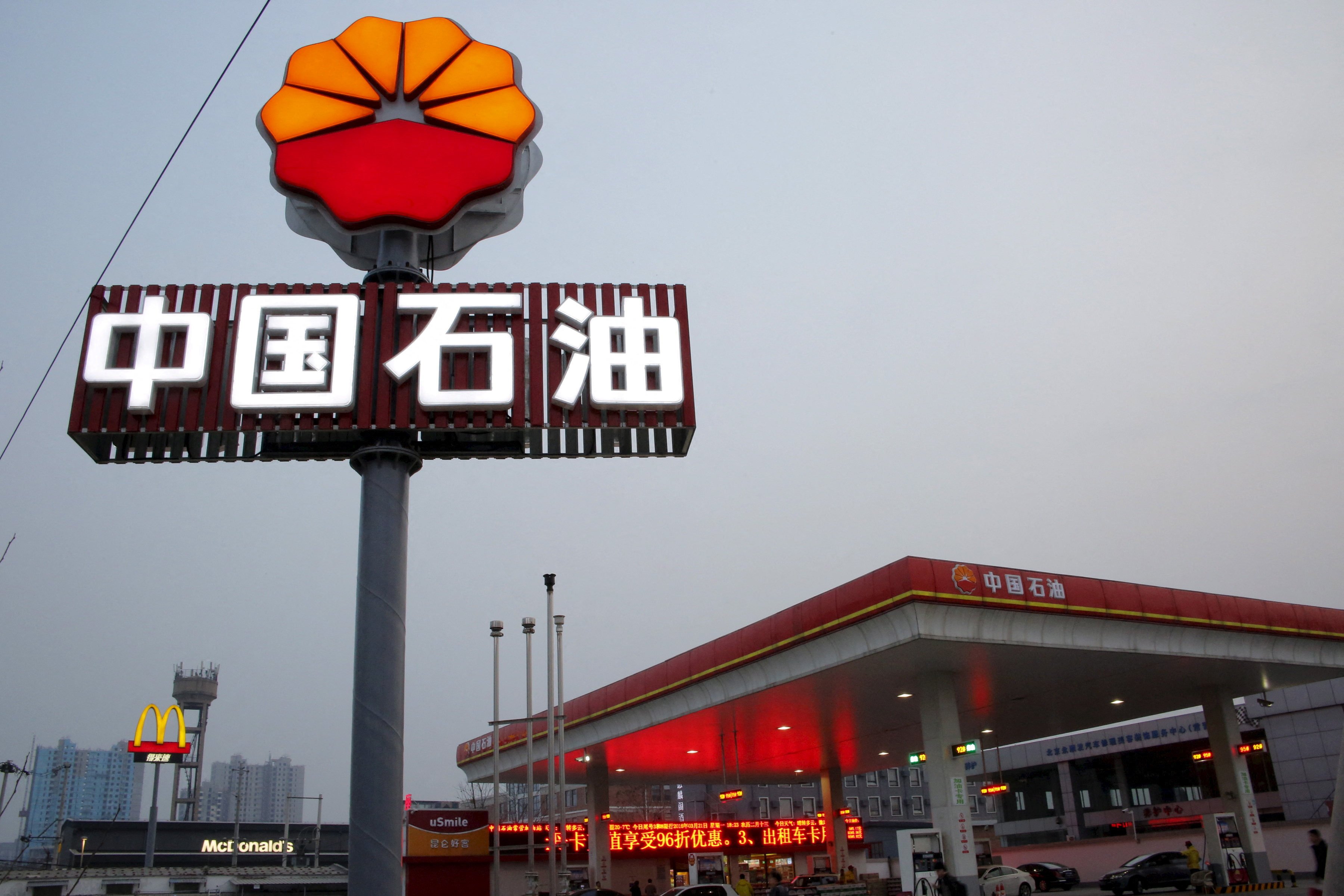TOPIC
China pollution
China pollution
Latest news and analysis about the degradation of the air quality, water, marine environment and soil in China.
last updated:
9 September, 2024
China will miss its climate goals unless it reins in coal power: report
China is at risk of missing its climate targets and suffering major economic losses unless it takes decisive actions to put a halt to runaway coal power plant expansion and reform outdated power grid management, says Centre for Research on Energy and Clean Air.
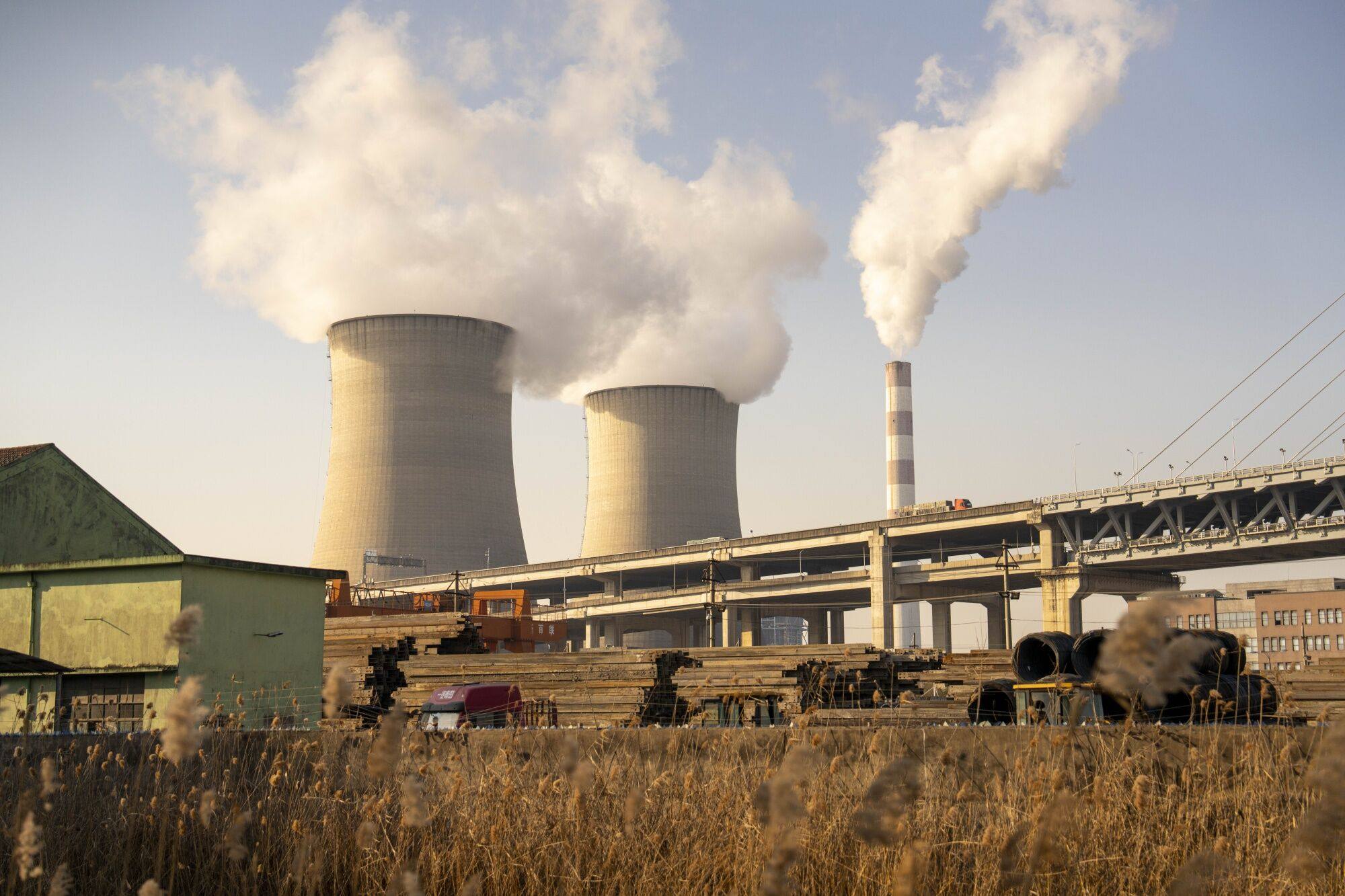
China’s power sector could reach peak emissions by 2025: climate report
Record clean energy installations could help China’s power sector to reach peak emissions in the next two years, but continued investment in coal-based capacity and a lack of firm emissions targets could undermine optimism about the country’s green transition, according to climate researchers.
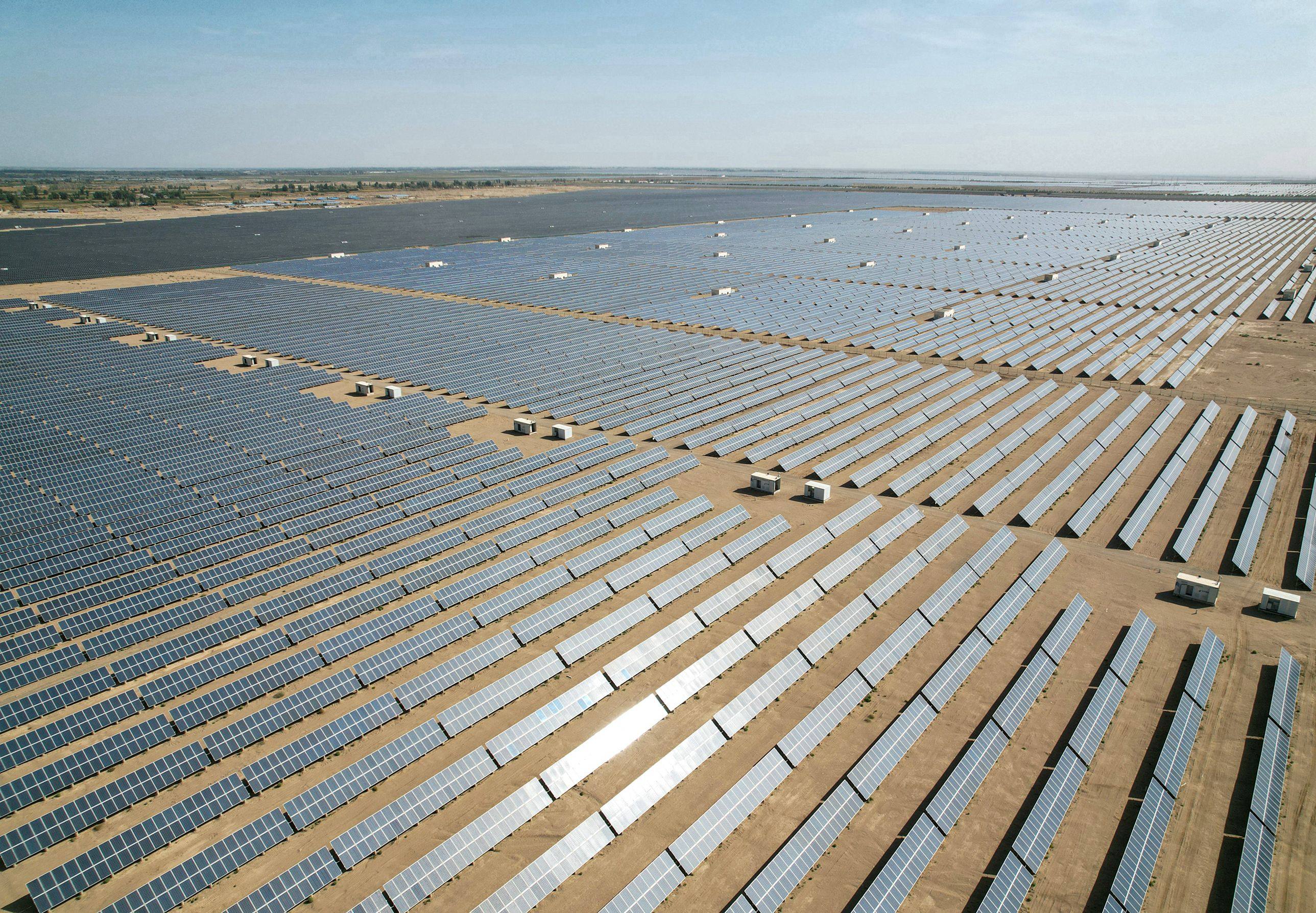
Help preserve 120 years of quality journalism.
SUPPORT NOWAdvertisement
Advertisement
Advertisement
Advertisement
Advertisement
Advertisement
Advertisement
Advertisement


